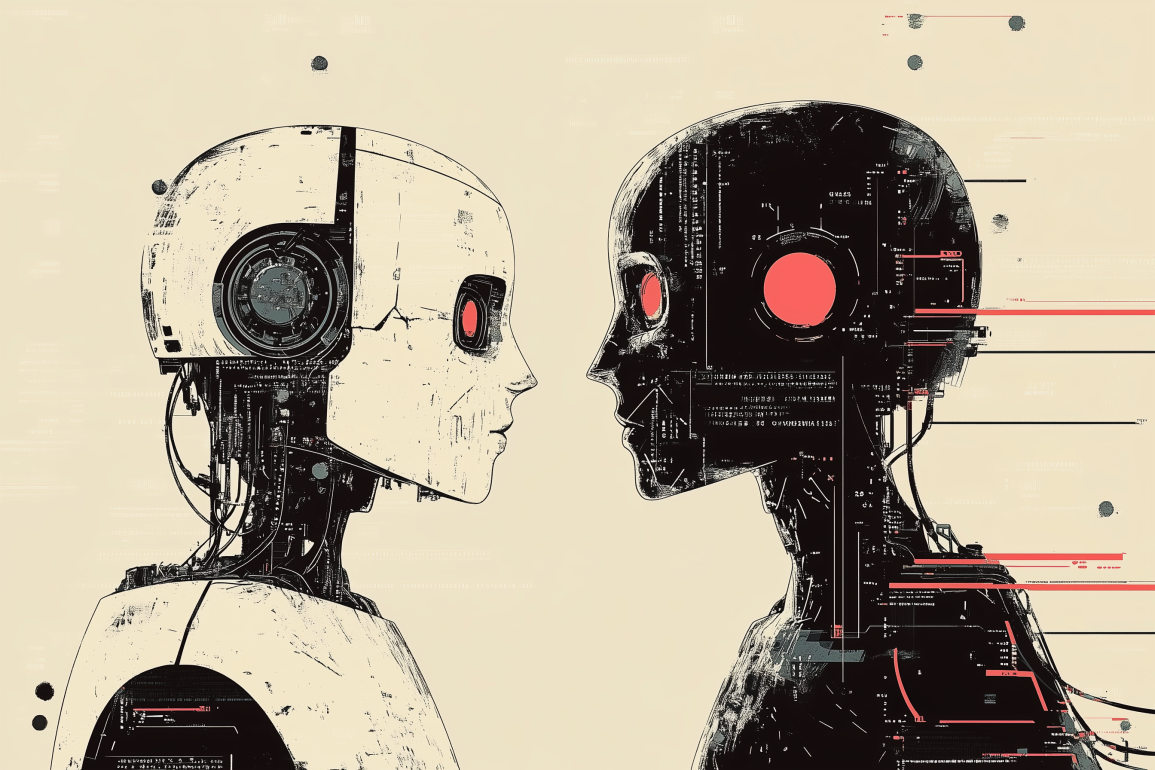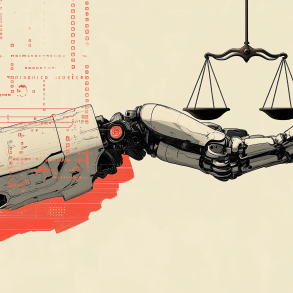The Emerging Technologies Hype Cycle Report Sheds Light on the Progress of AI’s Actual Potential Versus Investor Hype
Technology adoption often follows a familiar pattern, progressing from innovators and early adopters to widespread mainstream use, with even late adopters eventually catching up. However, there’s another cycle at play: the hype cycle. This cycle can significantly impact everything from budgeting and forecasting to startup investments. Coined by research firm Gartner in 1995, the annual Hype Cycle report aims to indicate whether a technology is poised for productive use or still stuck in the “smoke-and-mirrors” phase.
Gartner identifies five key phases in this cycle. The first, known as the Innovation Trigger, is where excitement builds around a new technology, such as generative AI. At this stage, engineers, marketers, and investors see potential, even though much of it remains unfulfilled or not yet possible with current technology. Following this comes the Peak of Inflated Expectations, characterized by overwhelming media coverage and enthusiastic marketing. AI serves as a good example of this phase, where excessive hype can saturate the conversation. Next is the Trough of Disillusionment, a phase where the overhyped technology begins to lose its luster after failing to meet lofty expectations. In this stage, technologies are often ridiculed, and those who continue to support them may be seen as out of touch. Virtual reality, for example, has been through this phase repeatedly. Apple’s Vision Pro headset, despite being innovative, currently sits in this phase due to its high cost and limited use cases.

Eventually, some technologies begin to emerge from the Trough of Disillusionment and climb the Slope of Enlightenment, before finally reaching the Plateau of Productivity. During these phases, the technology begins to find its footing, and its value becomes more apparent, albeit without the excessive hype.
Each year, Gartner issues 25 different hype cycles, and the Hype Cycle for Emerging Technologies is particularly compelling for its predictive power. However, it’s important to approach these predictions with caution. For example, in 2021, Gartner predicted that artificial intelligence’s impact on code generation and design would be five to ten years away. Yet, by early 2023, generative AI was already making a significant impact.
For 2024, Gartner has identified four major themes that are at the beginning of the Innovation Trigger phase: autonomous AI, developer productivity, total experience, and human-centric security. Autonomous AI encompasses everything from self-driving cars to humanoid robots and autonomous agents. While exciting, this field faces obstacles such as regulatory concerns and computational challenges.
In AI-augmented software development, the hype around AI writing code is significant, though reality often falls short of expectations. Those who view AI as a tool to assist, rather than replace, human coding efforts may see the most benefits.
Gartner’s concept of “total experience” involves creating a seamless blend of customer, employee, and user experiences, with emerging technologies like 6G, spatial computing, and digital twins playing key roles. While promising, these innovations are still developing, with 6G yet to be fully defined and spatial computing limited by current hardware constraints.
Finally, human-centric security focuses on integrating individuals into the broader security landscape. Technologies such as AI TRISM (trust, risk, and security management) and digital immune systems aim to enhance security through transparency and proactive threat management.
As these technologies continue to evolve, understanding where they stand on the hype cycle can help businesses and investors make informed decisions. Nonetheless, as history shows, context is a key ingredient: while the hype cycle is helpful as a general guideline, equally important is responding to the unique characteristics of a specific technology and the applications for the present moment in which it will used.









